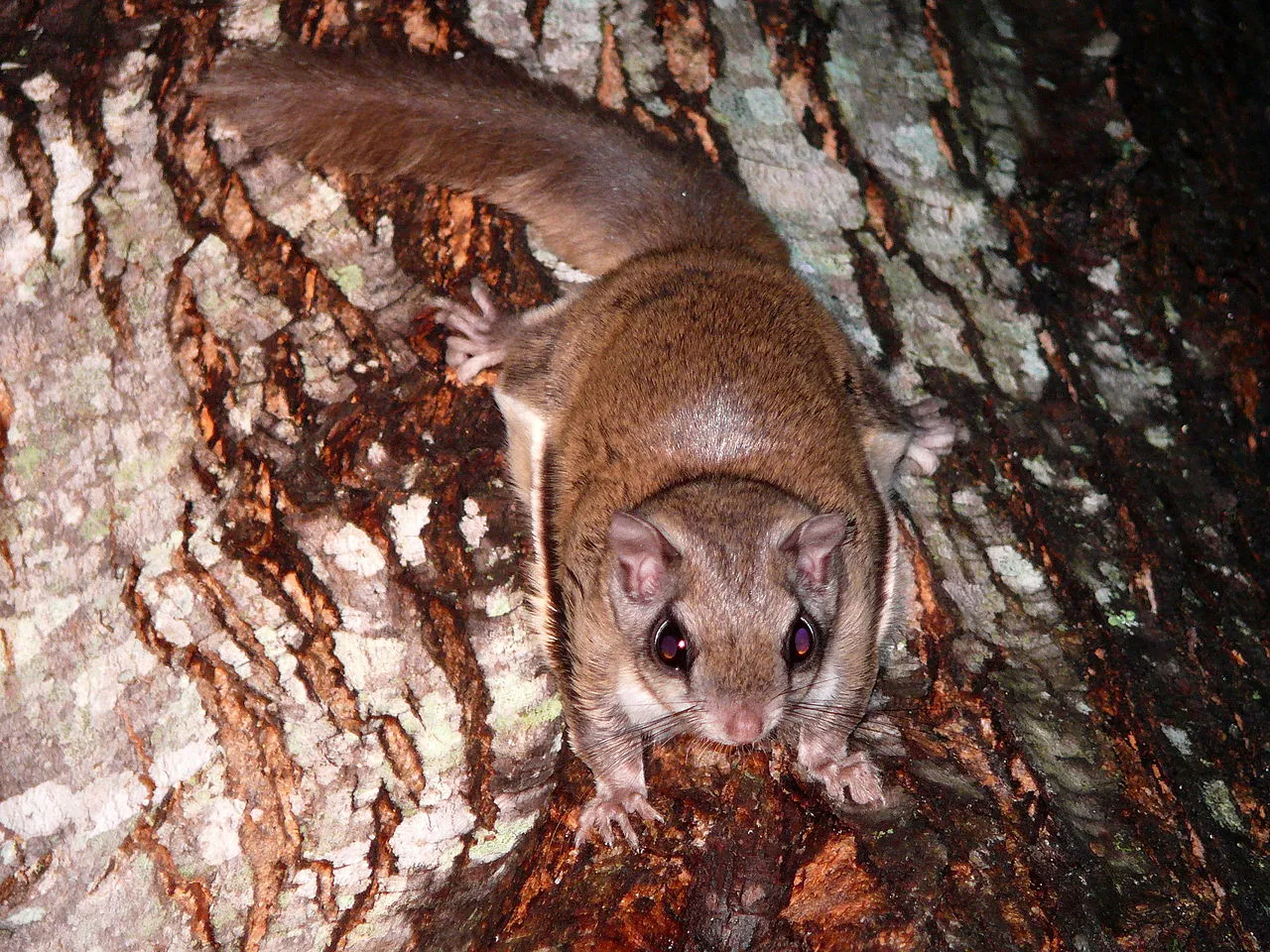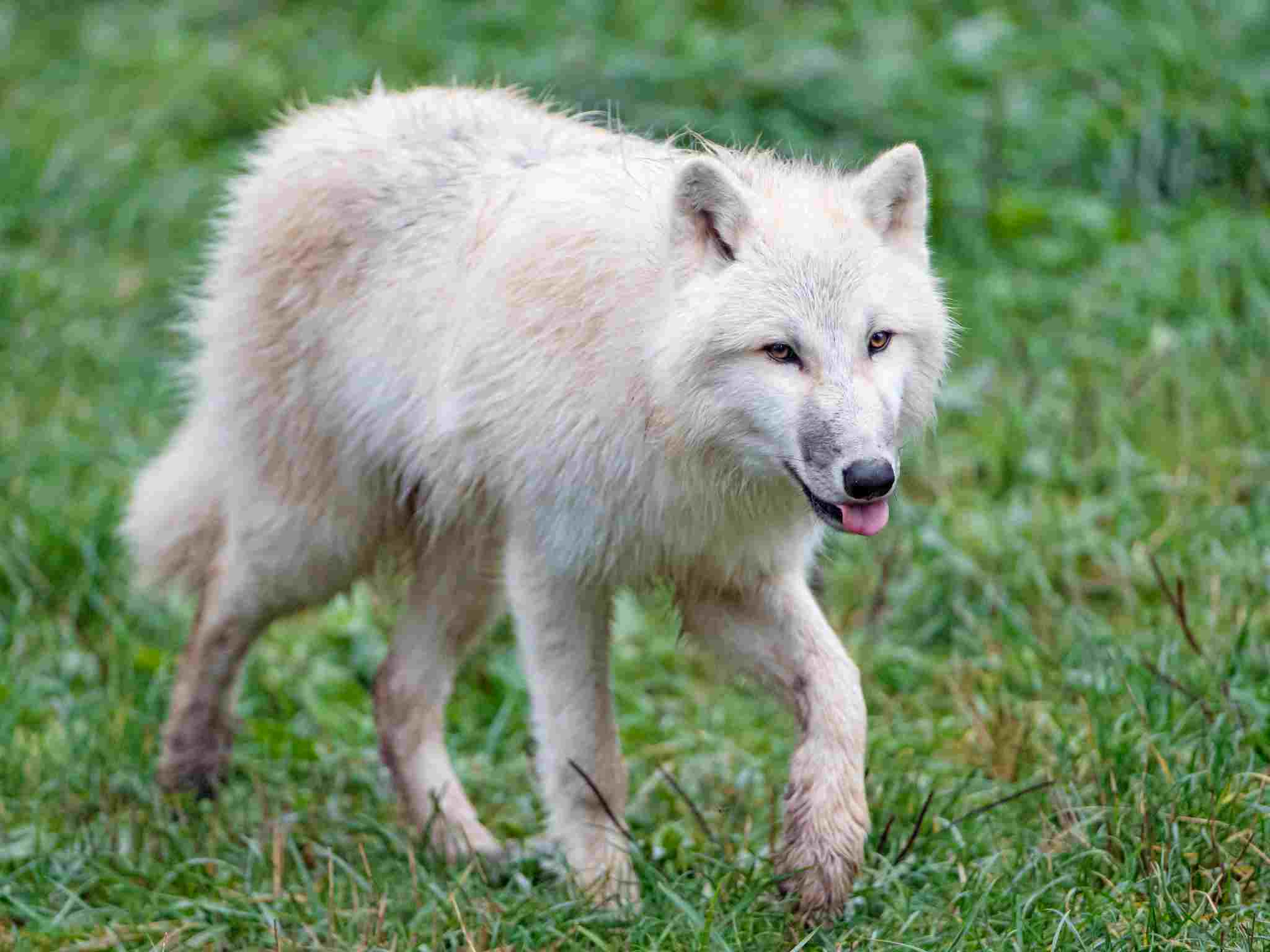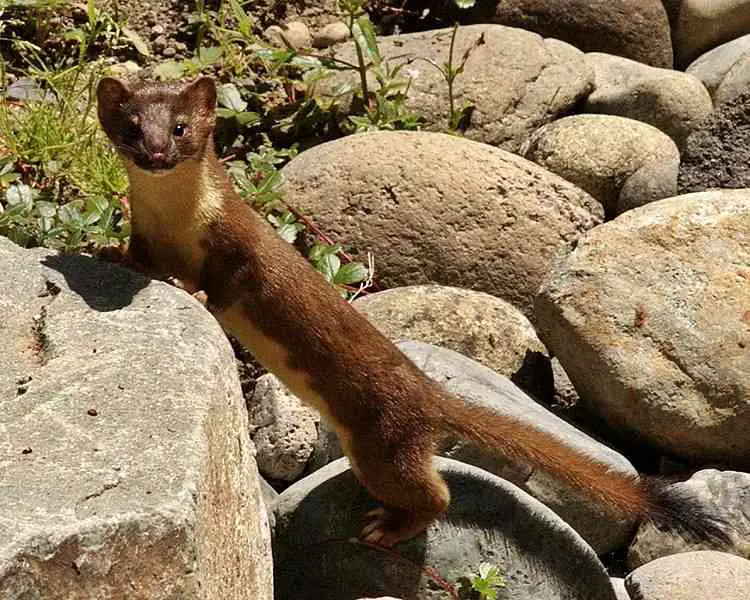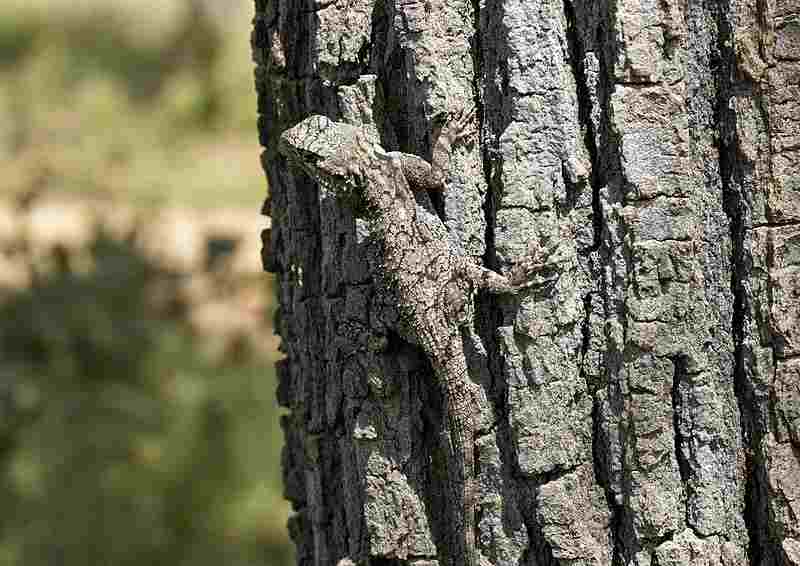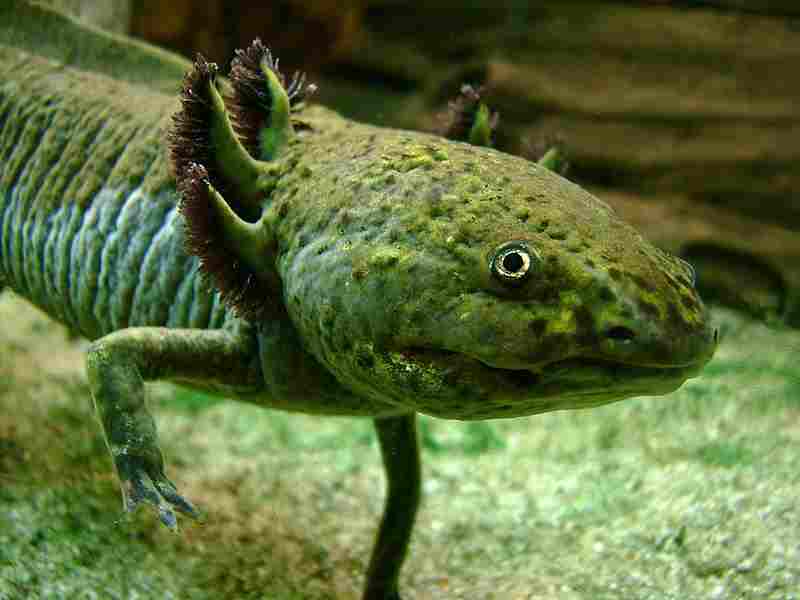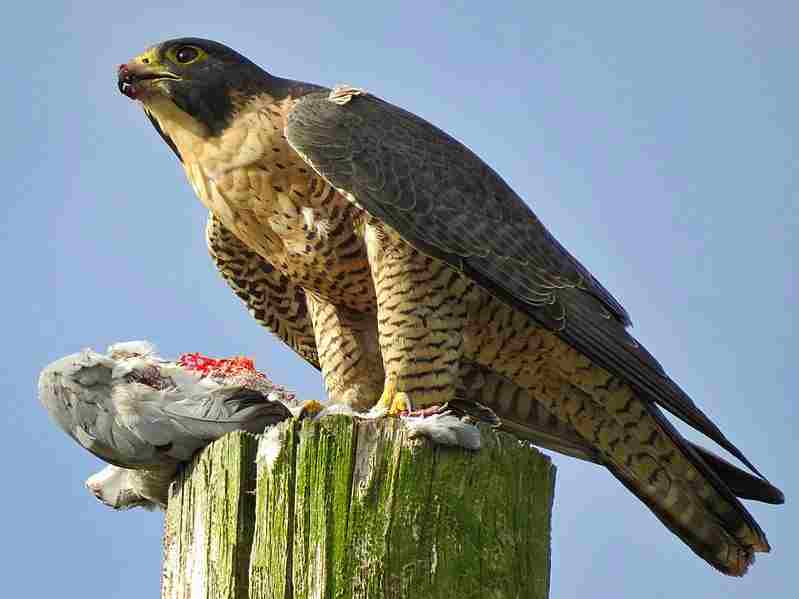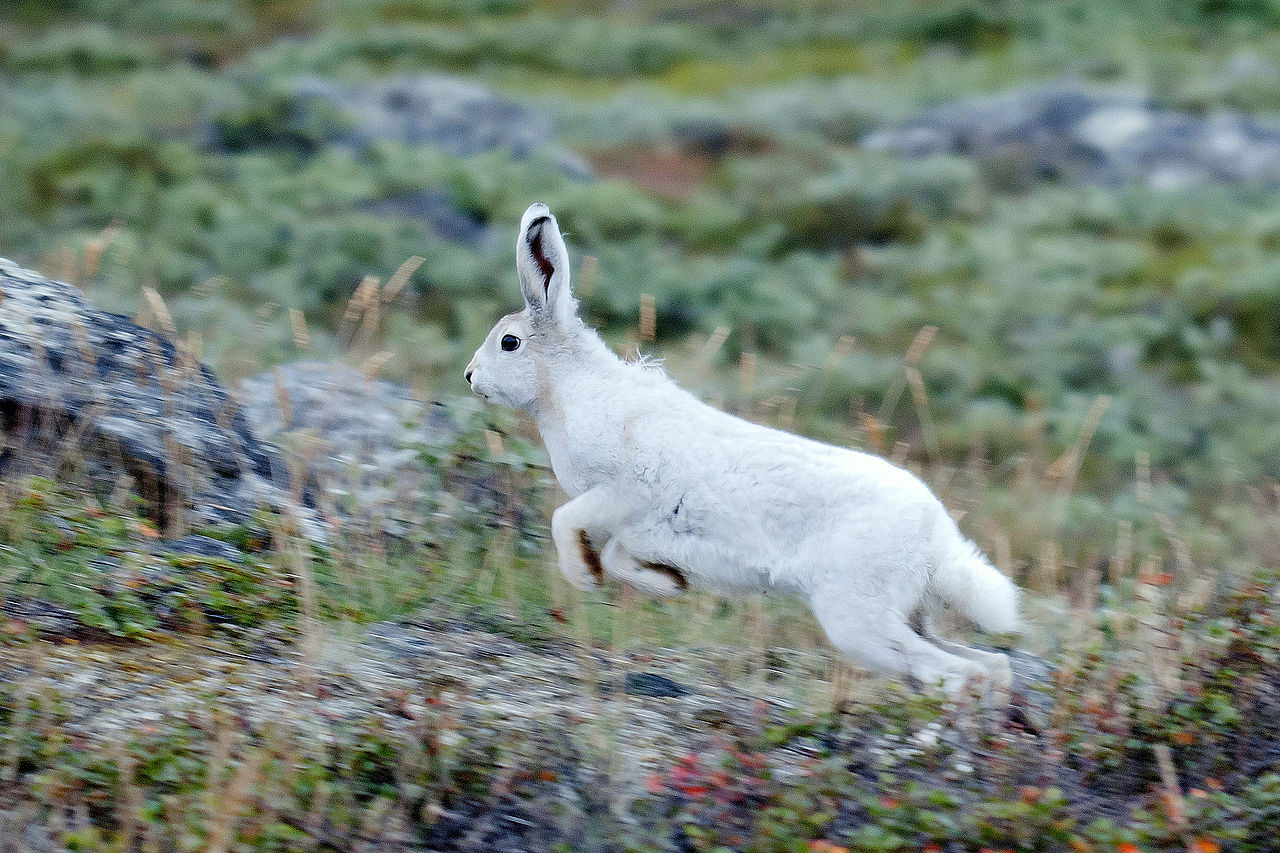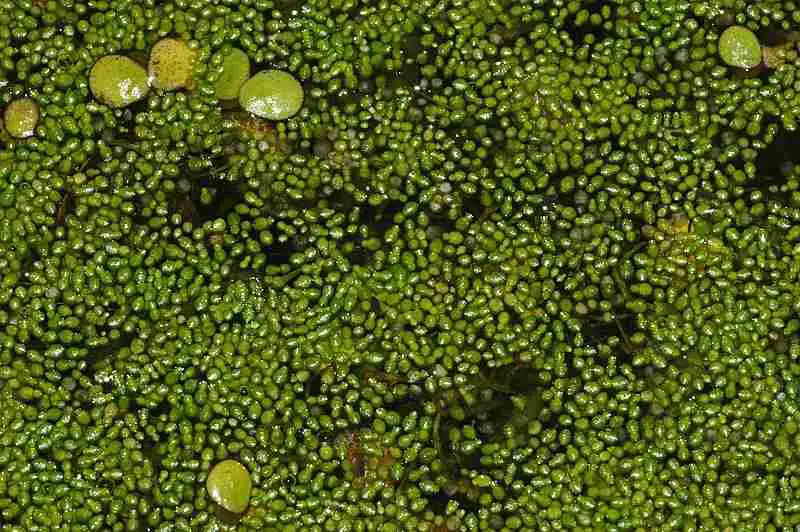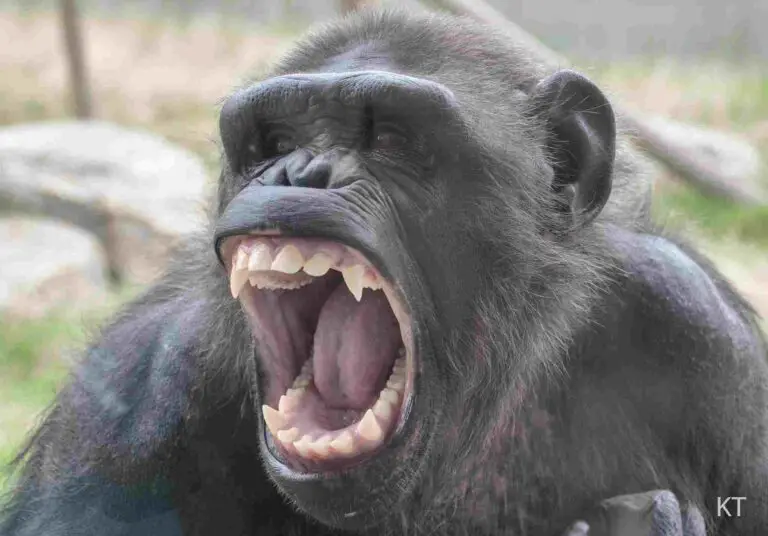7+ Primary Consumers In The Arctic Tundra Ecosystem
Primary consumers in the Arctic tundra are essential components of the ecosystem, feeding primarily on vegetation and serving as a vital link between plants and higher trophic levels. Examples include Ptarmigan, Arctic Hare, Lemming, Musk Ox, Caribou, Pika, Squirrel, and Vole. These diverse organisms have adapted to survive in the extreme conditions of the tundra, employing strategies such as migration, camouflage, and cooperative behaviors to thrive in their challenging environment. They play critical roles in regulating plant populations, nutrient cycling, and providing food for predators, contributing to the overall balance and health of the Arctic tundra ecosystem.
1. Ptarmigan: A Hardy Tundra Bird
The Ptarmigan, belonging to the grouse family, is a primary consumer in the Arctic tundra ecosystem. These hardy birds are well-adapted to the harsh conditions of the tundra, including cold temperatures, strong winds, and limited vegetation. They have several key characteristics that enable them to thrive in this environment:
-
Camouflage: Ptarmigans have plumage that changes color with the seasons, providing excellent camouflage against the snow in winter and blending with the tundra vegetation during the summer months. This adaptation helps them evade predators such as foxes, wolves, and birds of prey.
-
Feeding Habits: Ptarmigans are herbivores, primarily feeding on buds, leaves, seeds, berries, and other plant materials. They forage on the ground, using their beaks to peck at vegetation or dig through snow to access buried plants. During the winter when food is scarce, they may resort to feeding on twigs and buds.
-
Energy Conservation: To conserve energy in the cold climate, Ptarmigans have a slow metabolism and may spend much of their time resting in snow burrows or sheltered areas. They also have specialized feathers that provide insulation, reducing heat loss.
-
Breeding Strategies: Ptarmigans typically breed in the spring and summer months. Females build shallow nests on the ground and lay a clutch of eggs, which they incubate for several weeks. Chicks are precocial, meaning they are born with their eyes open and can walk shortly after hatching. This allows them to quickly begin foraging for food alongside their parents.
-
Role in the Ecosystem: As primary consumers, Ptarmigans play a crucial role in the Arctic tundra food web by consuming plant matter and converting it into energy. They are also prey for a variety of predators, serving as an important food source for species higher up the food chain.
Overall, Ptarmigans are highly specialized birds that have adapted remarkable strategies to survive in the extreme conditions of the Arctic tundra. Their presence and ecological role contribute to the delicate balance of this unique ecosystem.
2. Arctic Hare: Adapted Runner of the Tundra
The Arctic Hare is a primary consumer that thrives in the challenging environment of the Arctic tundra. These remarkable creatures have evolved a suite of adaptations to survive in one of the coldest and most inhospitable habitats on Earth:
-
Insulation: Arctic hares have thick, dense fur that provides excellent insulation against the cold. Their fur changes color with the seasons, turning white in winter to blend with the snow and brown or gray in summer to match the tundra vegetation.
-
Feeding Behavior: As herbivores, Arctic hares primarily feed on a variety of tundra plants, including grasses, sedges, willows, and mosses. They are well adapted to grazing on low-lying vegetation, using their powerful hind legs to hop quickly across the uneven terrain.
-
Mobility: Arctic hares are exceptional runners, capable of reaching speeds of up to 40 miles per hour (64 kilometers per hour). This agility helps them evade predators such as Arctic foxes, wolves, and birds of prey. In addition to running, they can also swim and dive, making use of water bodies for escape routes.
-
Social Behavior: While Arctic hares are typically solitary animals, they may gather in small groups during the breeding season or when foraging in areas with abundant food resources. However, they maintain individual territories and are generally not territorial towards others of their kind.
-
Reproduction: Breeding typically occurs in the spring and summer months, with females giving birth to litters of leverets (young hares). These young are born fully furred and with their eyes open, enabling them to quickly start foraging alongside their mother.
-
Predation: Despite their speed and agility, Arctic hares are still preyed upon by a variety of predators. They use their keen senses of hearing and smell to detect approaching threats and rely on their speed and camouflage to evade capture.
Arctic hares play a vital role in the Arctic tundra ecosystem as primary consumers, grazing on vegetation and helping to regulate plant populations. Their adaptations and behaviors are finely tuned to the extreme conditions of their environment, making them a fascinating and integral part of the tundra ecosystem.
3. Musk Ox: The Resilient Beast of the Tundra
The Musk Ox, a large herbivore, is a primary consumer that roams the Arctic tundra. Despite its prehistoric appearance, this majestic creature has evolved a range of adaptations that enable it to thrive in one of the harshest environments on Earth:
-
Insulation: Musk oxen are equipped with a dense, woolly undercoat called qiviut, which provides exceptional insulation against the cold. This insulating layer allows them to withstand temperatures as low as -40 degrees Celsius (-40 degrees Fahrenheit) without significant heat loss.
-
Feeding Behavior: Musk oxen are herbivores, primarily feeding on a variety of tundra vegetation, including grasses, sedges, willows, and lichens. They use their strong, curved horns to clear away snow and ice to access buried vegetation, and their specialized digestive system allows them to extract nutrients from tough, fibrous plant material.
-
Social Structure: Musk oxen live in tight-knit herds, typically consisting of females and their offspring, led by a dominant bull. This social structure provides protection against predators and facilitates cooperative foraging and defense.
-
Defensive Tactics: When threatened, Musk oxen form a defensive circle, with the adults facing outward and the calves sheltered in the center. They use their horns and hooves to fend off predators such as wolves and Arctic foxes, demonstrating remarkable collective defense behavior.
-
Reproduction: Breeding typically occurs in the late summer and early fall, with males competing for dominance and mating opportunities. Females give birth to a single calf after a gestation period of around eight months. The calf is born precocial, able to walk and follow its mother shortly after birth.
-
Conservation Status: Musk oxen were once endangered due to overhunting, but conservation efforts have helped stabilize their populations. They are now protected in many areas and serve as a symbol of resilience in the face of environmental challenges.
4. Caribou: Nomadic Wanderers of the Tundra
Caribou, also known as reindeer in Eurasia, are primary consumers that inhabit the Arctic tundra. These iconic animals have evolved a range of adaptations to thrive in the harsh conditions of their environment:
-
Migration: One of the most remarkable adaptations of caribou is their seasonal migration. They travel hundreds or even thousands of miles each year, following ancient migratory routes in search of food, water, and suitable calving grounds. This nomadic lifestyle allows them to exploit the rich but patchy resources of the tundra ecosystem.
-
Feeding Behavior: Caribou are herbivores, feeding on a variety of tundra vegetation, including grasses, sedges, lichens, and mosses. They use their specialized hooves to dig through snow and ice to access buried plants, and their efficient digestive system allows them to extract nutrients from a diet that is often low in quality.
-
Social Structure: Caribou form large herds, particularly during the migration and calving seasons. These herds may consist of thousands of individuals and are typically led by experienced females. Within the herd, there is a complex hierarchy based on age, size, and dominance.
-
Predation: Despite their large numbers and formidable size, caribou are preyed upon by a variety of predators, including wolves, bears, and Arctic foxes. They use their speed, agility, and collective defense behaviors to evade capture and protect themselves and their young.
-
Reproduction: Caribou typically breed in the fall, with males competing for mating opportunities. After a gestation period of around seven to eight months, females give birth to a single calf in the spring or early summer. The calves are precocial, able to walk and run shortly after birth, allowing them to keep up with the herd.
-
Cultural Significance: Caribou have been central to the livelihoods and cultures of Indigenous peoples in the Arctic for thousands of years. They provide food, clothing, and materials for shelter and tools, and their migrations are often closely linked to traditional hunting and cultural practices.
5. Pika: Small Herbivorous Mammals of the Tundra
Pikas are small, herbivorous mammals that inhabit rocky mountain slopes and tundra regions around the world, including the Arctic tundra. Despite their small size, pikas play a significant role as primary consumers in their ecosystem. Here are some key aspects of their biology and ecology:
-
Habitat: Pikas are well adapted to life in rocky, alpine environments with sparse vegetation, including the Arctic tundra. They construct complex burrow systems among rocks and boulders, providing shelter from predators and harsh weather conditions.
-
Feeding Behavior: Pikas are strict herbivores, primarily feeding on a variety of grasses, sedges, herbs, and woody plants. They collect vegetation during the summer months, drying it in the sun and storing it in “haypiles” within their burrows to sustain them through the long winter.
-
Temperature Regulation: Pikas are particularly sensitive to high temperatures and are adapted to cooler climates. They avoid heat stress by remaining active during the cooler hours of the day and retreating to the cooler depths of their burrows during periods of extreme heat.
-
Reproduction: Pikas typically have two breeding seasons per year, producing litters of young in the spring and summer months. The young, called “kits,” are born blind and hairless but quickly develop and are weaned within a few weeks. They become independent shortly after weaning.
-
Predation: Despite their small size, pikas are preyed upon by a variety of predators, including birds of prey, foxes, and mustelids. Their cryptic coloration and elusive behavior help them avoid detection by predators, and their extensive burrow systems provide refuge in case of danger.
-
Ecosystem Engineers: Pikas play a crucial role in their ecosystem as ecosystem engineers. Their burrowing activities help aerate the soil, promote water infiltration, and create microhabitats for other species. They also contribute to nutrient cycling through their foraging and burrowing behaviors.
Pikas are an important component of the Arctic tundra ecosystem, contributing to ecosystem dynamics and serving as prey for a variety of predators. Their adaptations for life in alpine environments and their role as primary consumers highlight their significance in maintaining ecological balance.
6. Squirrel: Agile Foragers of the Arctic Tundra
Squirrels are small mammals belonging to the Sciuridae family, and several species are found in the Arctic tundra. These agile foragers play a vital role as primary consumers in the ecosystem, exhibiting various adaptations to survive in this challenging environment:
-
Diet: Arctic tundra squirrels primarily feed on a diverse range of plant materials, including seeds, nuts, berries, fungi, and buds. They are opportunistic feeders, taking advantage of seasonal fluctuations in food availability and caching surplus food for the winter months.
-
Foraging Behavior: Squirrels are adept climbers and spend much of their time foraging in trees, shrubs, and on the ground. They use their keen senses of sight, smell, and touch to locate food, often relying on their nimble hands and sharp incisors to extract seeds and nuts from their shells.
-
Caching Behavior: Squirrels are known for their caching behavior, in which they bury surplus food in shallow holes or store it in tree crevices for later consumption. This behavior helps them survive the scarcity of food during the winter months when fresh food sources are limited.
-
Nesting: Squirrels build nests, or dreys, out of twigs, leaves, and moss, which they construct in the branches of trees or within tree cavities. These nests provide shelter and protection from predators and harsh weather conditions, allowing squirrels to rest and raise their young in safety.
-
Reproduction: Squirrels typically breed in the spring and summer months, with females giving birth to litters of young, known as kits or pups. The young are born blind, hairless, and completely dependent on their mother for care and nourishment. They develop quickly and are weaned within a few weeks.
-
Predation: Squirrels are preyed upon by a variety of predators in the Arctic tundra, including birds of prey, foxes, weasels, and lynx. To avoid predation, squirrels rely on their speed, agility, and ability to escape into trees or burrows.
Arctic tundra squirrels are important contributors to ecosystem dynamics, playing a key role in seed dispersal, vegetation regeneration, and providing food for predators. Their adaptations for foraging, caching, and nesting allow them to thrive in the harsh conditions of the tundra.
7. Vole: Small Rodents with a Big Impact
Voles are small rodents belonging to the Arvicolinae subfamily, and several species are found in the Arctic tundra. Despite their small size, voles are important primary consumers in the ecosystem, exhibiting various adaptations to survive in this harsh environment:
-
Diet: Voles are herbivores, primarily feeding on grasses, sedges, herbs, roots, and mosses. They are prolific breeders and have high metabolic rates, requiring a constant supply of food to sustain their energy needs.
-
Tunneling Behavior: Voles are skilled burrowers and construct extensive networks of underground tunnels and chambers for shelter and foraging. These burrows provide protection from predators and harsh weather conditions and allow voles to access underground food sources.
-
Reproduction: Voles have rapid reproductive rates, with females capable of producing multiple litters of young each year. Gestation periods are short, and females can become pregnant again shortly after giving birth. This reproductive strategy allows voles to quickly replenish their populations after fluctuations in numbers.
-
Predation: Voles are preyed upon by a variety of predators in the Arctic tundra, including birds of prey, foxes, weasels, and owls. To avoid predation, voles rely on their cryptic coloration, burrowing behavior, and ability to quickly retreat into their tunnels.
-
Ecosystem Impact: Despite their small size, voles have a significant impact on the Arctic tundra ecosystem. Their tunneling behavior aerates the soil, promotes water infiltration, and influences nutrient cycling. They also serve as an important food source for a variety of predators, contributing to the overall biodiversity of the ecosystem.
-
Population Dynamics: Vole populations are subject to fluctuations, with periods of rapid increase followed by population crashes. These fluctuations are influenced by factors such as food availability, predation pressure, and environmental conditions, and can have cascading effects on the broader ecosystem.
Voles may be small in stature, but their ecological significance in the Arctic tundra cannot be overstated. Their adaptations for foraging, tunneling, and reproduction allow them to thrive in this challenging environment and play a vital role in ecosystem dynamics.
*Summary
-
Ptarmigan:
-
Hardy birds adapted to extreme tundra conditions.
-
Camouflage with changing plumage.
-
Herbivores feeding on buds, leaves, seeds, berries.
-
Energy conservation with slow metabolism and insulation.
-
Breeding in spring/summer, chicks precocial.
-
-
Arctic Hare:
-
Thick fur insulation changing with seasons.
-
Herbivores feeding on grasses, sedges, willows.
-
Exceptional runners, capable of high speeds.
-
Breeding in spring/summer, forming small groups.
-
Preyed upon by Arctic foxes, wolves, birds of prey.
-
-
Musk Ox:
-
Dense qiviut insulation against extreme cold.
-
Herbivores feeding on grasses, sedges, lichens.
-
Form tight-knit herds for protection.
-
Defensive circle formation against predators.
-
Breeding in late summer/fall, with single calf births.
-
-
Caribou:
-
Nomadic migration for food and breeding.
-
Herbivores feeding on grasses, sedges, lichens.
-
Form large herds, led by experienced females.
-
Breeding in fall, single calf births.
-
Cultural significance to Indigenous peoples.
-
-
Pika:
-
Inhabit rocky tundra, construct burrows.
-
Herbivores feeding on grasses, sedges, herbs.
-
Avoid heat stress, active during cooler hours.
-
Breeding in spring/summer, kits born precocial.
-
Ecosystem engineers, aerate soil, create microhabitats.
-
-
Squirrel:
-
Foragers feeding on seeds, nuts, berries, fungi.
-
Agile climbers and nest builders.
-
Cache surplus food for winter.
-
Breeding in spring/summer, pups born dependent.
-
Preyed upon by birds of prey, foxes, mustelids.
-
-
Vole:
-
Herbivores feeding on grasses, sedges, roots.
-
Tunneling behavior for shelter and foraging.
-
Rapid reproduction with multiple litters per year.
-
Preyed upon by predators, influencing population dynamics.
-
Ecosystem impact with soil aeration, nutrient cycling.
-
| Ptarmigan | Arctic Hare |
| – Hardy birds |
– Thick fur insulation
|
| – Camouflage |
– Herbivores feeding on grasses, sedges, willows
|
| – Herbivores |
– Exceptional runners
|
| – Energy conservation |
– Breeding in spring/summer, forming small groups
|
| – Breeding in |
– Preyed upon by Arctic foxes, wolves, birds of prey
|
| spring/summer | |
| Musk Ox | Caribou |
| – Dense qiviut |
– Nomadic migration
|
| insulation |
– Herbivores feeding on grasses, sedges, lichens
|
| – Form tight-knit |
– Form large herds, led by experienced females
|
| herds |
– Cultural significance to Indigenous peoples
|
| – Defensive circle |
– Breeding in fall, single calf births
|
| formation | |
| Pika | Squirrel |
| – Inhabit rocky |
– Foragers feeding on seeds, nuts, berries, fungi
|
| tundra |
– Agile climbers and nest builders
|
| – Herbivores |
– Cache surplus food for winter
|
| – Breeding in |
– Breeding in spring/summer, pups born dependent
|
| spring/summer |
– Preyed upon by birds of prey, foxes, mustelids
|
| Vole | |
| – Herbivores | |
|
– Tunneling behavior
|
|
|
– Rapid reproduction
|
|
|
– Preyed upon by
|
|
| predators | |
|
– Ecosystem impact
|
Related FAQs
Q: What are primary consumers in the Arctic tundra? A: Primary consumers in the Arctic tundra are organisms that primarily feed on plant material, such as grasses, sedges, lichens, mosses, and other vegetation. They play a crucial role in the ecosystem by converting plant matter into energy and serving as a food source for predators.
Q: What are some examples of primary consumers in the Arctic tundra? A: Examples of primary consumers in the Arctic tundra include Ptarmigan (birds), Arctic Hare (mammals), Lemming (rodents), Musk Ox (mammals), Caribou (deer), Pika (small mammals), Squirrel (rodents), and Vole (rodents).
Q: How do primary consumers survive in the Arctic tundra? A: Primary consumers in the Arctic tundra survive by employing various adaptations suited to the harsh environment. These adaptations may include thick fur or feathers for insulation, specialized digestive systems to extract nutrients from tough plant material, migration to find food and avoid harsh conditions, and cooperative behaviors such as forming herds or colonies for protection.
Q: What is the role of primary consumers in the Arctic tundra ecosystem? A: Primary consumers play a crucial role in the Arctic tundra ecosystem by regulating plant populations through grazing, contributing to nutrient cycling through their feeding and waste production, and providing food for a variety of predators. They are integral to maintaining the balance and health of the ecosystem.
